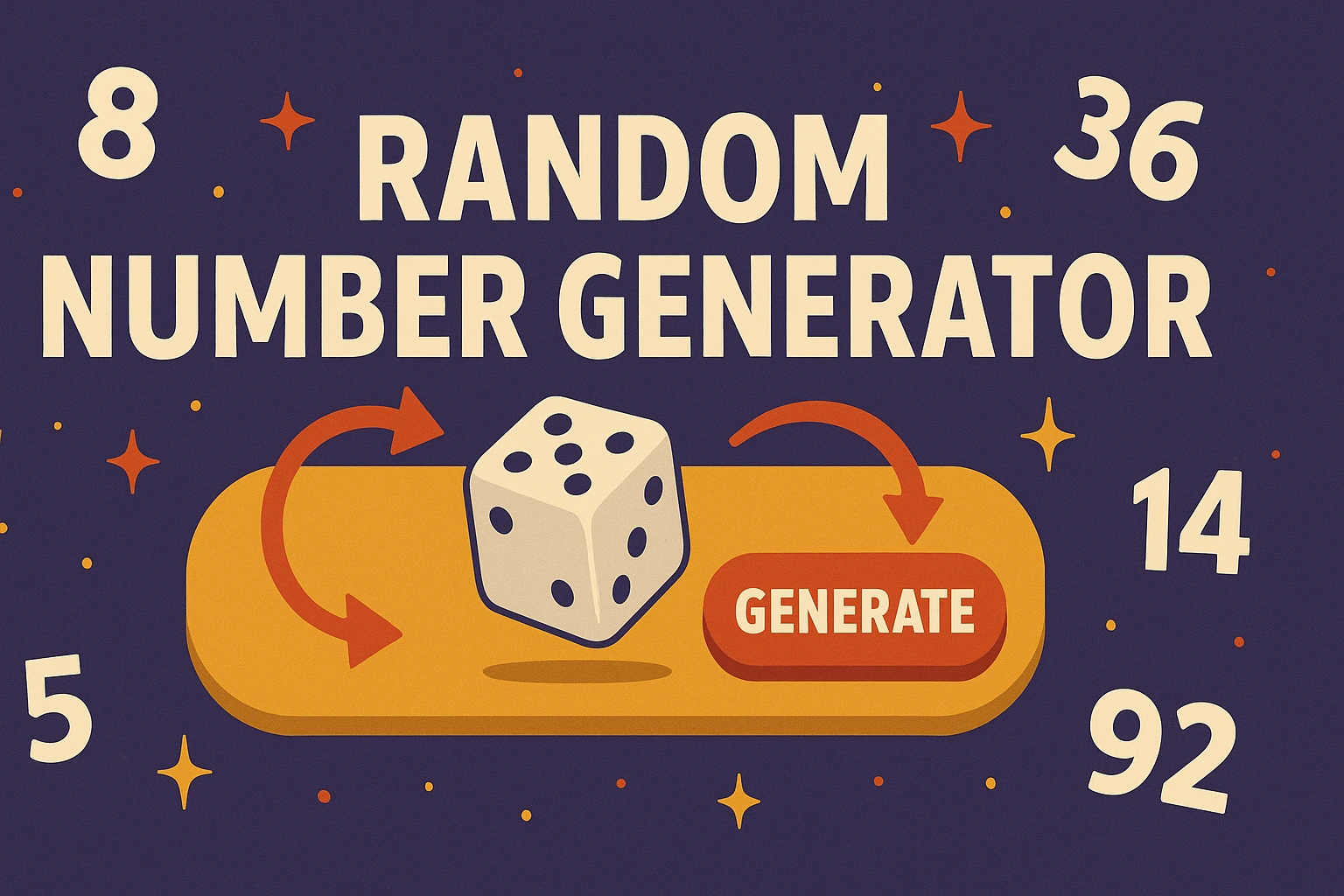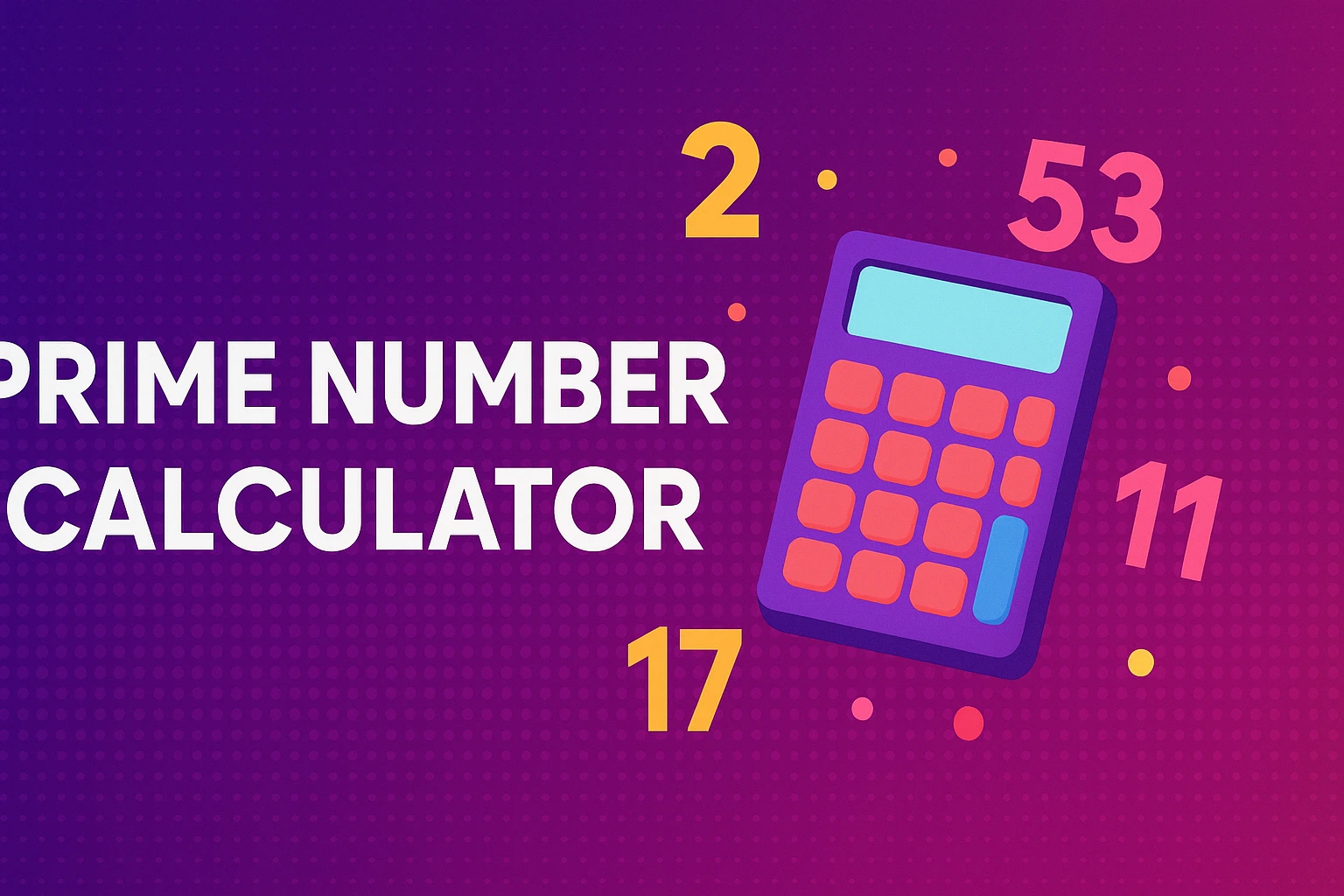Common Core State Standards for Mathematics Guide (2025)
Introduction: what CCSSM still means in 2025
The Common Core State Standards for Mathematics (CCSSM) were designed to bring coherence, clarity, and rigor to K–12 math. A decade on, states have adapted, renamed, or revised them—but the DNA remains consistent: focus on fewer big ideas, coherence across grades, and rigor that balances conceptual understanding, procedural skill, and application. Whether your state uses CCSSM verbatim or a locally branded cousin, this guide gives you a practical 2025 playbook: how standards are organized, what “major work of the grade” looks like, how the Standards for Mathematical Practice (MP1–MP8) show up in real classrooms, and how to teach, assess, and support every learner—without turning math into a worksheet mill.
You’ll also get sample unit skeletons, grading approaches that value growth, implementation tips for leaders, and a large FAQ written in plain English.
1) What CCSSM is—and what it isn’t
What it is
A standards framework for K–12 mathematics: grade-level content expectations plus eight cross-grade Mathematical Practices.
A progression: ideas develop deliberately across grade bands so that today’s work sets up tomorrow’s understanding.
A common language for curriculum design, instruction, and assessment.
What it isn’t
Not a curriculum: it specifies what students should learn, not how to teach it.
Not a script or pacing mandate: schools should adapt sequencing to their calendar and students.
Not a single test: states and districts choose assessments; the standards inform them but don’t dictate format.
2) The architecture: content domains and the Mathematical Practices
K–8 content domains (high-level)
K–2: Counting & Cardinality (K), Operations & Algebraic Thinking, Number & Operations in Base Ten, Measurement & Data, Geometry
3–5: Operations & Algebraic Thinking, Number & Operations—Fractions, Number & Operations in Base Ten, Measurement & Data, Geometry
6–8: Ratios & Proportional Relationships, The Number System, Expressions & Equations, Functions (8th), Geometry, Statistics & Probability
These domains don’t float alone; they knit together so, for instance, grade 3 fraction ideas fuel grade 4 equivalence, which fuels grade 5 operations with fractions, which fuels ratio and rate reasoning in grades 6–7, which powers linear functions in grade 8 and Algebra I.
High school conceptual categories
Number & Quantity
Algebra
Functions
Modeling (pervasive across categories)
Geometry
Statistics & Probability
High school standards can be arranged into a traditional pathway (Algebra I → Geometry → Algebra II/Precalculus) or an integrated pathway (Math I → Math II → Math III), with electives like Statistics, Data Science, Precalculus, and Calculus.
Standards for Mathematical Practice (MP1–MP8)
These eight habits are the through-line from kindergarten to calculus:
Make sense of problems and persevere.
Reason abstractly and quantitatively.
Construct viable arguments and critique the reasoning of others.
Model with mathematics.
Use appropriate tools strategically.
Attend to precision.
Look for and make use of structure.
Look for and express regularity in repeated reasoning.
They are not decoration. They are the how of math—what it looks like when students are genuinely doing mathematics rather than merely performing procedures.
3) Grade-band progressions and the “major work of the grade”
K–2: Foundations
K: counting, cardinality, comparing; composing/decomposing numbers; beginning addition/subtraction within 10; shapes.
1: addition/subtraction within 20; place value to 120; length measurements; time; data.
2: addition/subtraction within 100 (fluency to 20); place value to 1000; foundations of multiplication (equal groups); shapes & fractions as equal shares.
Instructional emphasis: concreteness and representation—counters, ten frames, number lines, and language that ties actions to quantities (MP2, MP6).
3–5: Fractions & operations take center stage
3: multiplication/division within 100; area; unit fractions; perimeter; time; data.
4: multi-digit multiplication; fraction equivalence & ordering; add/sub fractions with like denominators; angle measure.
5: operations with fractions (add/sub with unlike denominators; multiply/divide with fractions), decimals to thousandths, volume, graphing.
Why this matters: Fraction sense is the bridge to proportional reasoning and algebraic fluency. Shortcutting this stage is the classic downstream pain point.
6–8: Ratios, linearity, and functions
6: ratios/rates, early expressions/equations, rational numbers, area/volume, statistical variability.
7: proportional relationships, operations with rational numbers, linear equations/inequalities, chance & compound events, geometry with similarity.
8: linear functions and systems, exponents and scientific notation, transformations & congruence/similarity, Pythagorean Theorem, bivariate data.
Focus: connect representations—tables, graphs, equations, and contexts—so students see linear relationships as one idea in many forms (MP7, MP8).
High school: Algebra, functions, geometry, statistics
Algebra/Functions: function families, polynomial/rational expressions, exponential & logarithmic functions, sequences, inverses.
Geometry: transformations, congruence/similarity, right triangle trigonometry, circles, coordinate geometry, geometric modeling and proof.
Statistics & Probability: data distributions, inference, sampling & experiments, conditional probability, regression & residuals, modeling variability.
Modeling threads throughout: selecting variables, making assumptions, calibrating models to data, and judging reasonableness (MP4).
4) High school pathways in 2025: traditional, integrated, and data-rich options
Traditional: Algebra I → Geometry → Algebra II/Precalculus → Calculus or Statistics/Data Science.
Integrated: Math I → Math II → Math III (each blending algebra, geometry, functions, and statistics) → advanced courses.
Data-forward electives: Many districts now offer Statistics or Data Science alongside or before Calculus. The choice should be driven by student goals: future engineers need strong algebraic fluency and precalculus; future social scientists benefit from deep data and inference experiences. Ideally, schools expand options rather than pit Calculus against Data Science.
5) Designing instruction that matches the standards (and keeps curiosity alive)
Start from learning goals, not page numbers. Unpack a standard into student-friendly targets: “I can explain why adding a negative number moves left on a number line, and show three representations.”
Choose tasks with a low floor and high ceiling. Students should enter the problem with concrete reasoning and climb toward abstraction. That’s where MP1–MP4 thrive.
Blend problem-based learning and explicit instruction. It’s not either/or. Launch with a problem worth thinking about; surface ideas; then teach efficient methods and formal language. Students need both discovery and clarity.
Use multiple representations. Number lines, arrays, area models, double number lines, ratio tables, graphs, and algebraic expressions should talk to one another. Fluency grows out of well-connected representations.
Plan for discourse. Use routines like Notice/Wonder, Which One Doesn’t Belong?, Contemplate then Calculate, and the Five Practices for Orchestrating Productive Mathematics Discussions (anticipate, monitor, select, sequence, connect). This is where MP3 and MP6 come alive.
Make modeling authentic. Modeling isn’t just word problems. Ask students to choose variables, make assumptions, and justify simplifications. Then compare model predictions to real data and revise.
6) Assessment that aligns with CCSSM: formative checks, performance tasks, and growth-friendly grading
Formative assessment
Quick exit tickets aligned to a single target.
“Show two different ways” prompts to surface understanding.
Mini-whiteboard checks during discourse.
Error analysis that asks students to diagnose and fix reasoning.
Performance tasks
Multi-step problems that require representation, explanation, and critique.
Modeling tasks with data (fit a line, interpret slope/intercept, discuss residuals).
Standards-based grading (SBG) approach
Track mastery by standard/cluster, not by assignment type.
Use a 0–4 scale (Foundational → Proficient → Advanced) with clear descriptors.
Apply a recency/consistency rule (median of the last three artifacts or a decaying average) so growth counts more than early missteps.
Separate academic mastery from work habits (deadlines, participation) to keep grades meaningful.
Rubrics that match the Practices
MP3 rubric might include: states a claim, uses valid evidence, addresses counterexamples, critiques with mathematical language.
MP6 rubric might include: units and notation, precision of vocabulary, correct calculation, appropriate rounding.
7) Equity and access: design for everyone from the start
Universal Design for Learning (UDL): multiple ways to access (visuals, manipulatives, color-coded notes), engage (choice of problems/contexts), and express (oral explanation, written work, screen recording).
Multilingual learners: provide sentence frames for reasoning, word banks with visuals, allow think-pair-share before public talk, validate multilingual strategies (students can sketch or label in home language, then share in English).
Students with disabilities: align accommodations to the barrier, not the student; chunk tasks; use tactile and visual supports; keep the same learning target with flexible routes to show understanding.
Detracking and acceleration: move away from rigid early tracking that locks students out of advanced courses; when students accelerate, ensure conceptual understanding rather than racing through procedures.
Culturally responsive contexts: use data and problems rooted in students’ lived environments—community budgets, transit times, school climate surveys, local weather or environmental datasets.
8) Technology and AI in math (2025): power tools, not crutches
Dynamic geometry & graphing: digital tools make it easy to test conjectures, visualize transformations, and fit models to data. Require screenshots plus explanation—what did the tool reveal, and why does it make sense mathematically?
Spreadsheets & coding: from grade 6 upward, get comfortable with tables, formulas, and simple scripts for simulation, sampling, and modeling.
Calculators & CAS: teach when and why to use them (MP5). Emphasize setting up the problem, interpreting outputs, and checking reasonableness.
Generative AI: useful for brainstorming strategies, generating additional practice variants, and explaining a worked example in different words. Guardrails: require annotated solutions, error-spotting tasks, or whiteboard orals so the mathematical thinking belongs to the student. Grade reasoning and interpretation, not just a final answer.
9) Communication with families: defusing myths and inviting partnership
“Common Core changed how we subtract”: the standards didn’t mandate one method; they expect flexibility and understanding behind algorithms. Show both the standard algorithm and a representation (base-ten blocks, number line) so families see the connection.
Homework: short, purposeful, and aligned to what was taught. Include an example worked two ways and brief guidance for guardians.
Math anxiety: avoid “I was never a math person” talk; model curiosity and persistence. Share prompts families can use: “What did you try first?” “Can you draw it?” “What would happen if…?”
10) Implementation for leaders: materials, time, and professional learning
Adopt high-quality materials that truly align: look for coherent progressions, tasks that demand reasoning, and assessments that match standards (not just skill drills).
Protect collaboration time: teams need cycles to analyze student work, tune tasks, and adjust instruction.
Coaching: prioritize classroom routines for discourse, representation, and feedback; coaches should model and co-teach, not only observe.
Assessment system: define your stance—formative cycles, performance tasks, and growth-friendly grading—with shared rubrics and exemplars.
Schedule for access: ensure every student can reach higher-level math without gatekeeping; provide supports that open doors rather than close them.
11) Sample unit skeletons (ready to adapt)
A) Grade 3 – Fractions as Numbers on the Number Line (3 weeks)
Standards focus: unit fractions, fractions on a number line, equivalence.
Core tasks:
Paper strip and number-line activities placing 1/2, 1/3, 1/4; justify placements.
Equivalence with folding and marking; create “fraction postcards” showing multiple representations (area model, set model, number line).
Assessment: exit tickets on placing & comparing; short constructed responses: “Explain why 2/4 = 1/2 with a drawing and words.”
Practices: MP2 (quantitative language), MP3 (explain equivalence), MP6 (precision).
B) Grade 6 – Ratios & Rates: Double Number Lines and Tables (4 weeks)
Standards focus: 6.RP.A (ratio reasoning).
Core tasks:
“Juice mix” lab: create target taste using ratio tables and double number lines; scale up/down.
Unit rate scavenger hunt: best buys; graph proportional relationships and interpret slope as unit rate.
Assessment: performance task comparing phone plans; justify which is cheaper under scenarios.
Practices: MP4 (modeling), MP7 (structure in tables), MP8 (regularity).
C) Algebra I – Linear Functions and Systems (4–5 weeks)
Standards focus: creating/graphing linear functions; interpreting slope/intercept; solving systems by graphing/substitution/elimination.
Core tasks:
Data collection (height vs. arm span); fit a line and interpret parameters.
Systems modeling: two plans (membership vs. pay-per-use); where do they break even?
Assessment: multi-representation project (table/graph/equation/context write-up).
Practices: MP2, MP4, MP5, MP6.
D) Geometry – Similarity & Right Triangle Trigonometry (4 weeks)
Standards focus: dilations, similarity criteria, trigonometric ratios.
Core tasks:
Using dilations on a coordinate grid; prove triangles similar via transformations.
Trig ratios via similar triangles; measure heights with clinometers; compare error sources.
Assessment: lab report with diagram, data, calculations, and reflection.
Practices: MP3, MP5, MP6.
E) Statistics (HS) – Inference from Samples (3–4 weeks)
Standards focus: sampling distributions, margin of error, informal inference, experimental design.
Core tasks:
Simulate sampling with coins or code; visualize sampling variability.
Analyze a real survey; critique bias and design an improved instrument.
Assessment: infographic + narrative: claim, methods, results, limitations.
Practices: MP4, MP5, MP6.
12) Deepening the Practices: classroom look-fors
MP1 Perseverance: students try alternate representations, not just re-reading; teachers normalize “productive struggle” with time and prompts.
MP2 Reason abstractly & quantitatively: students move between numbers and symbols and the story behind them; they track units and meaning.
MP3 Argument & critique: math talks include claims, evidence, and counterexamples; students use “I agree because…” and “I disagree because…”.
MP4 Modeling: students state assumptions, define variables, and test model fit; they reflect on what their model ignores.
MP5 Tools: purposeful choice of manipulatives, calculators, graphing tools; students articulate why a tool helps.
MP6 Precision: clear notation, units, definitions, and well-labeled graphs.
MP7 Structure: students exploit structure (factoring, decompositions, properties) to simplify.
MP8 Regularity: students look for repeated reasoning to generalize (e.g., pattern in slopes for parallel lines).
Frequently Asked Questions (2025)
1) What’s the difference between standards and curriculum?
Standards say what students should know and be able to do; curriculum is the map of tasks, texts, problems, lessons, and assessments used to get there. Good curriculum aligns tightly to the standards’ intent.
2) Did Common Core change the way we add and subtract?
The standards emphasize understanding behind algorithms. Students learn multiple strategies (e.g., number lines, decompositions) and connect them to the standard algorithms, which remain essential.
3) What is the “major work of the grade”?
It’s the highest-priority content for a given grade (e.g., fractions in grades 3–5; ratios/linear relationships in 6–8). Spend most instructional time and assessment weight here; supporting and additional clusters connect to it.
4) How do I balance conceptual understanding and fluency?
Use representations and discourse to build meaning, then practice to build speed and accuracy. Fluency without meaning collapses under novel problems; meaning without fluency bogs students down on routine work.
5) Do the Mathematical Practices replace content?
No. They describe how students engage with content. You teach practices through content-rich tasks—not as a separate unit.
6) Should we choose traditional or integrated high school pathways?
Either can be excellent. Choose based on local capacity and coherence. What matters most is that all students encounter algebra, functions, geometry, and statistics meaningfully, with modeling woven throughout.
7) Is Calculus still important?
For many STEM majors, yes. But Statistics/Data Science are equally crucial across disciplines. The best systems expand options so students can take the math that fits their goals—sometimes both.
8) How do we support multilingual learners without lowering rigor?
Keep the math target high and scaffold language: visuals, sentence frames, partner talk, bilingual resources. Accept multiple ways to represent thinking and value ideas over perfect grammar in early drafts.
9) What does “standards-based grading” look like in math?
Track mastery by standard/cluster with clear descriptors. Use recency/consistency to reward growth. Convert to letters at report time using a published table. Keep work habits separate.
10) Our students rely on calculators. Is that a problem?
Not if you cultivate setup, sense-making, and interpretation. Grade the thinking surrounding calculator use—model choice, parameter meaning, and reasonableness checks (MP5, MP6).
11) How do we keep students from copying AI-generated solutions?
Assess process: require annotated steps, concept checks, oral defenses, or “fix-the-wrong-solution” tasks. Make sure every major unit includes at least one in-class performance task.
12) What’s a simple way to strengthen discourse?
Adopt two consistent routines (e.g., Notice/Wonder and Which One Doesn’t Belong?). Train students in MP3 talk moves: “I agree/disagree because…,” “Can you restate what they said?”, “What’s a counterexample?”
13) How should we schedule intervention without tracking?
Provide just-in-time support tied to current units (revisit prerequisite ideas briefly, then return to grade-level work) and enrichment opportunities that are open, not gated by early labels.
14) Do manipulatives belong in middle and high school?
Yes—whenever a representation reveals structure (algebra tiles for factoring, dynamic geometry for transformations, double number lines for rates). The goal is to see the algebra behind the symbols.
15) How do we pace without rushing?
Use a priority calendar: anchor units for major work, build in buffer days for consolidation, and reserve time for performance tasks. If you must shorten, cut repetition before cutting reasoning.
16) What does good homework look like?
Short sets that reinforce what was taught, with varied representations and at least one explain-or-justify item. Include a worked example and hints so families can help productively.
17) How do we evaluate curriculum “alignment” claims?
Look for coherent progressions, tasks that require explanation/modeling, and assessments with constructed response aligned to standards—not only multiple choice.
18) Can data science replace Algebra II?
For some programs, a data pathway can be rigorous, but students aiming at Calculus-based STEM need the algebraic depth of Algebra II/Precalculus. Offer both pathways with clear guidance.
19) What’s the best first step if our instruction is very procedure-heavy?
Choose one unit and commit to multiple representations and discourse. Add one modeling task and one performance assessment. Collect and analyze student work with the team. Build from there.
20) How do we show families that “new methods” connect to old algorithms?
Demonstrate side-by-side: show the standard algorithm and a representation of the same idea (area model, number line). Ask students to explain the connection. Send home a one-page visual.
21) How do we grade group work fairly?
Score the product for group criteria (e.g., modeling quality) and gather individual evidence (quick orals, exit slips). Separate collaboration skills from academic mastery in the gradebook.
22) What about students far ahead or behind?
For advanced learners, offer depth (proofs, modeling, projects) and acceleration with understanding, not just speed. For students behind, use diagnostic mini-assessments to target prerequisite gaps while keeping them engaged in grade-level tasks.


